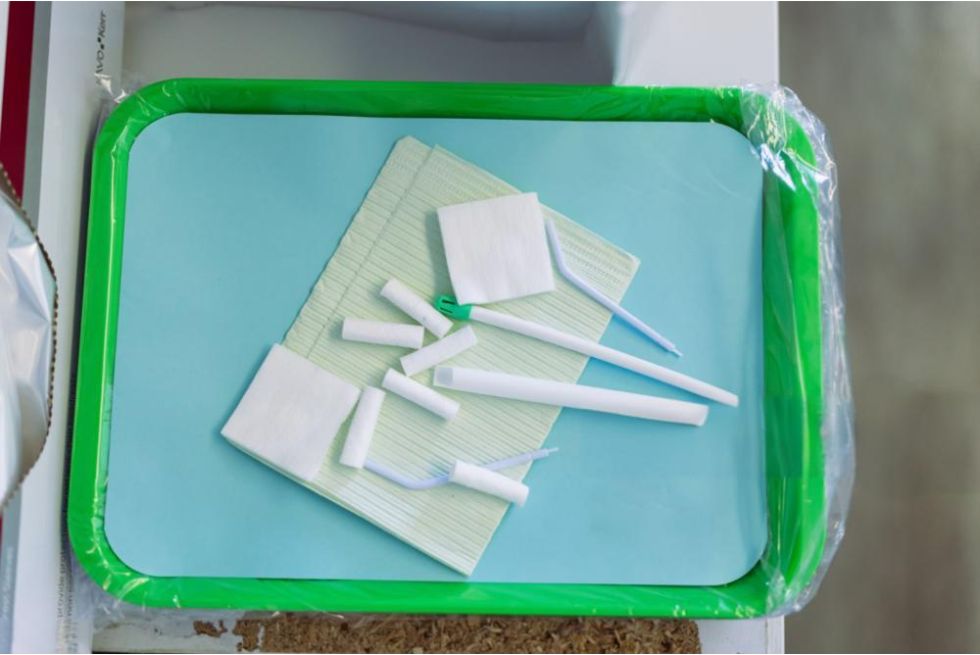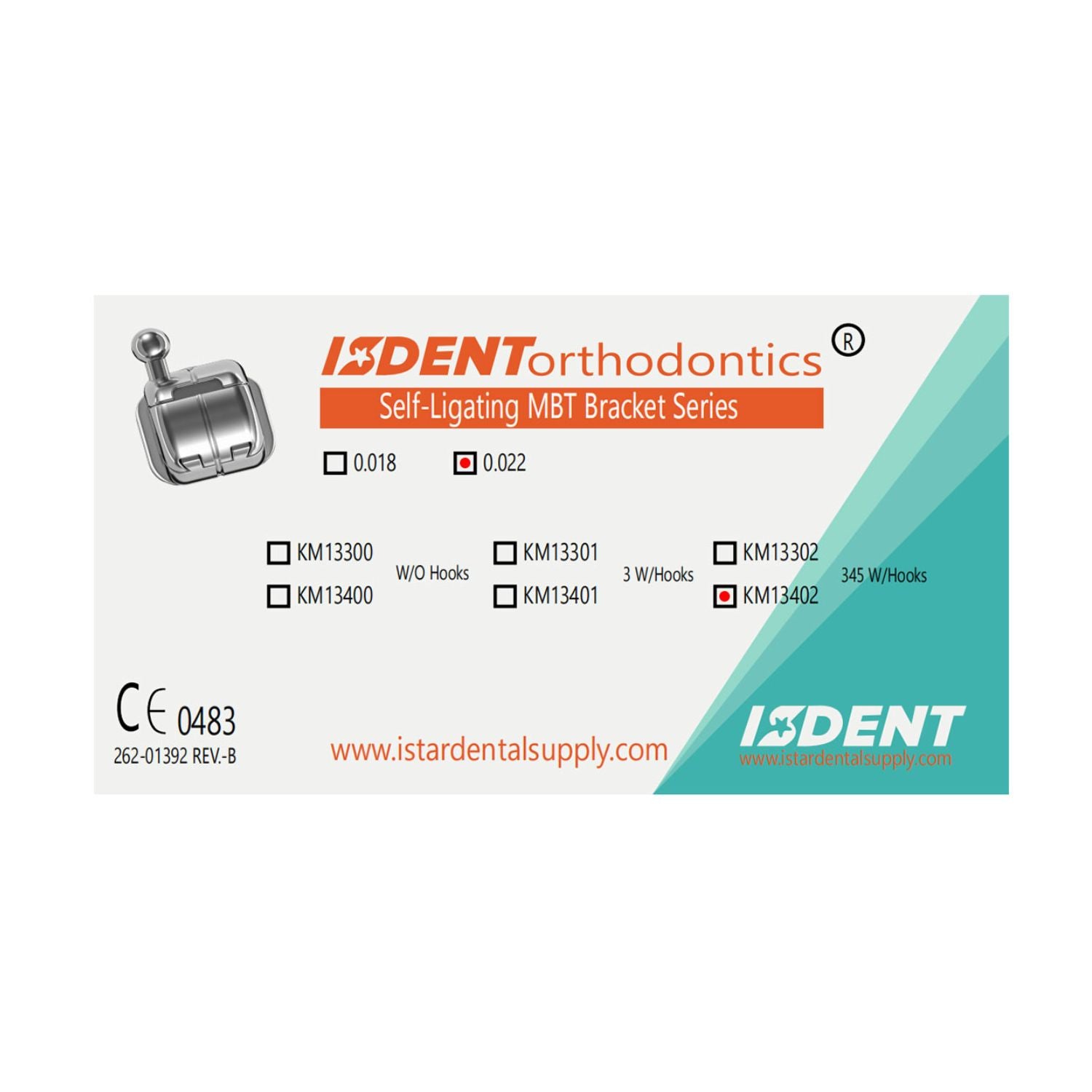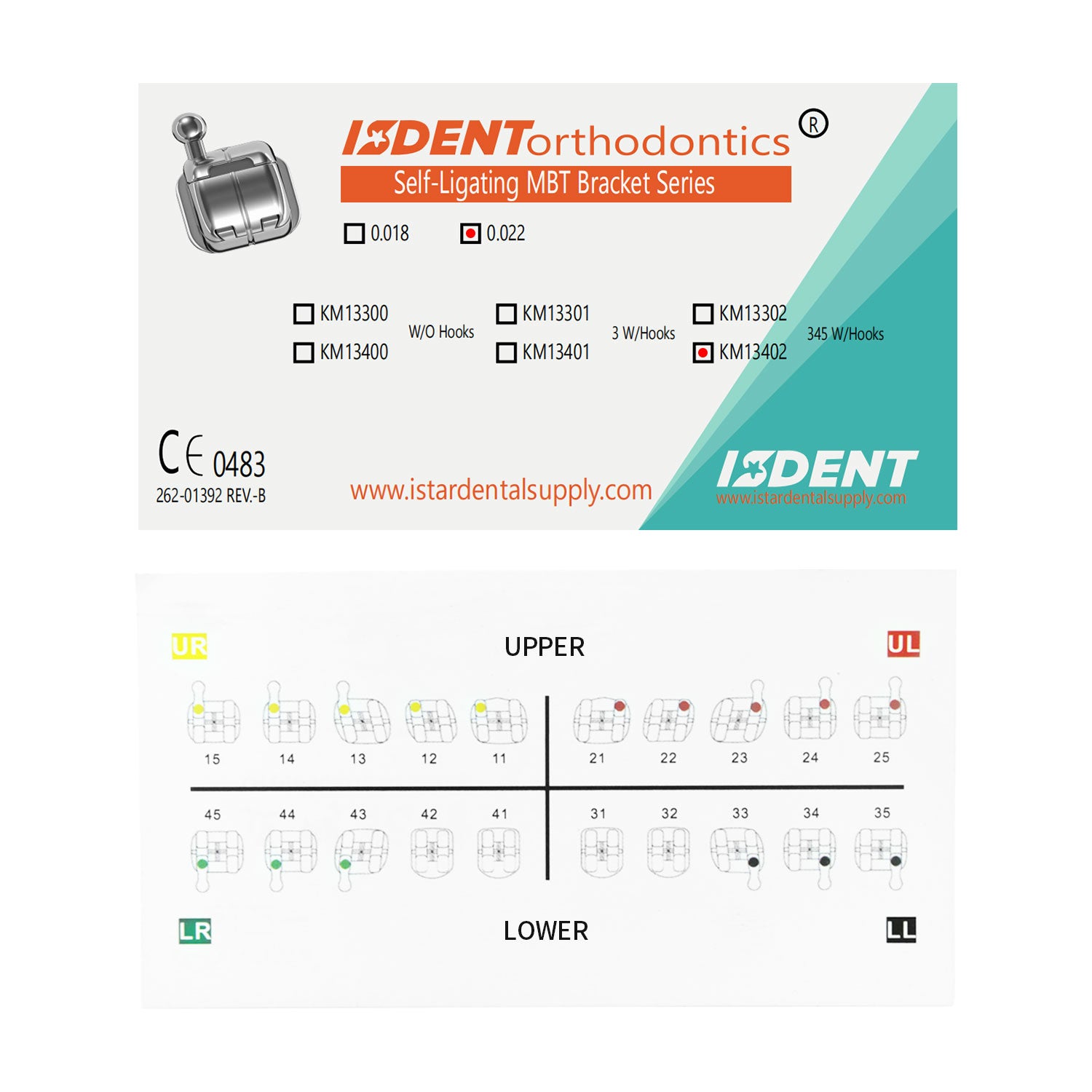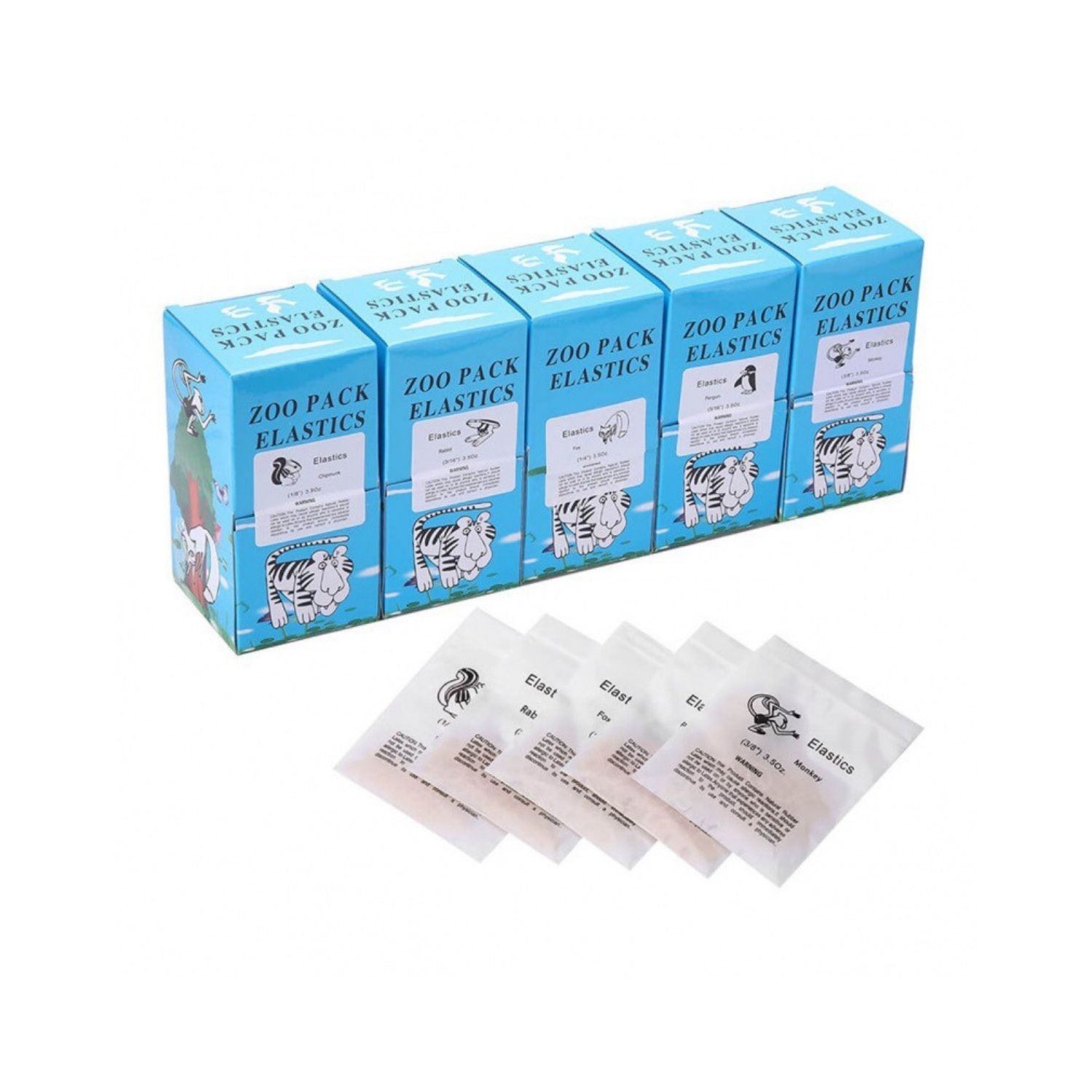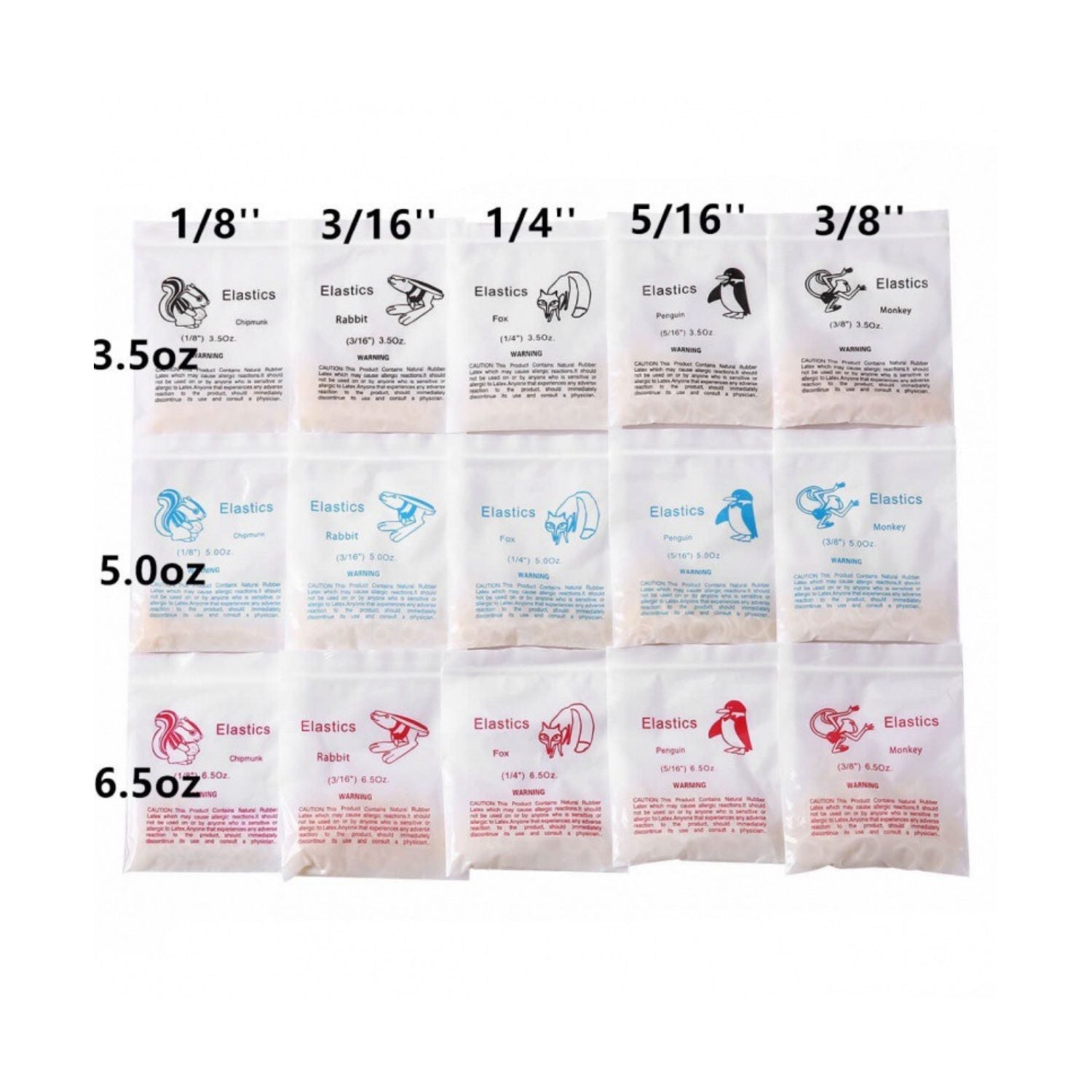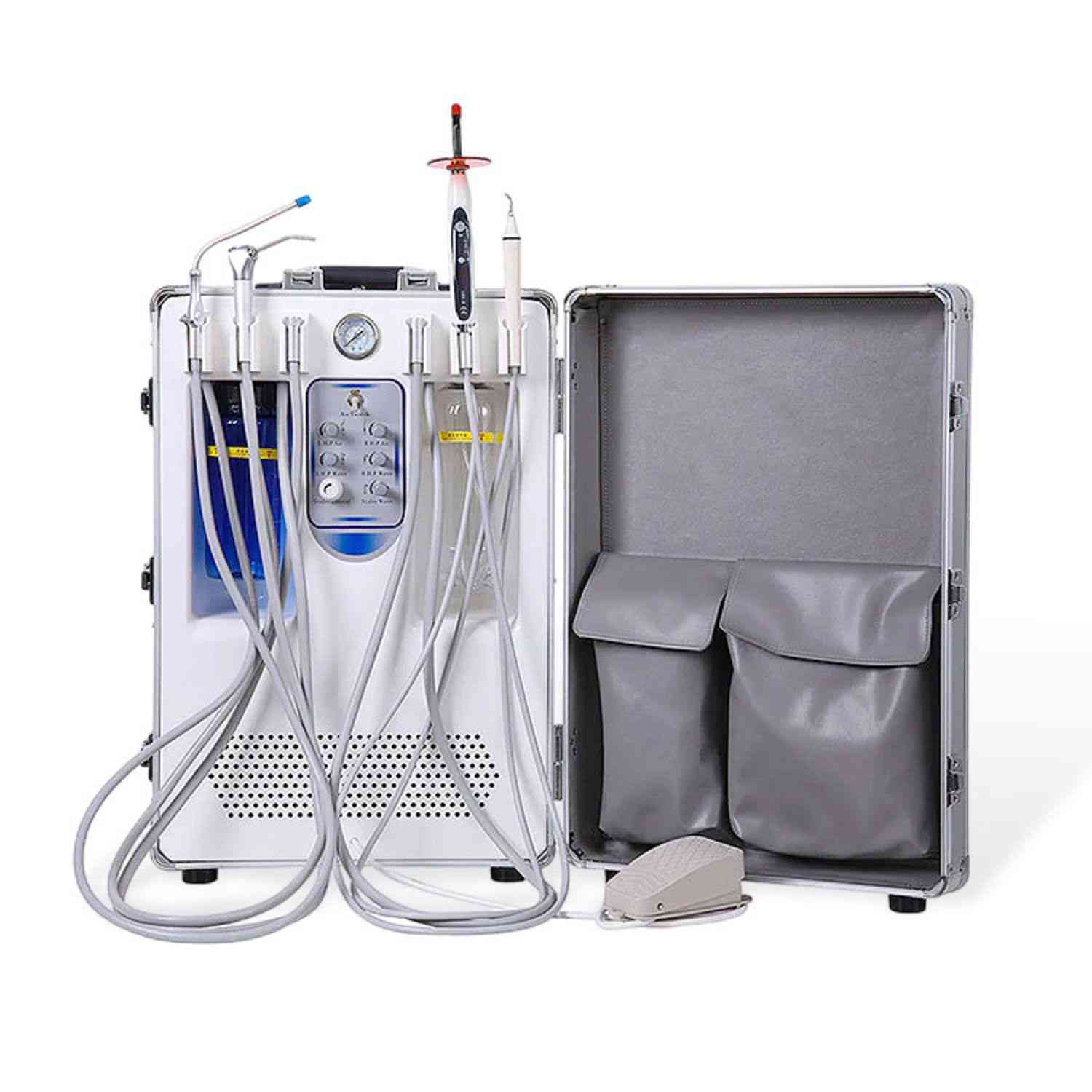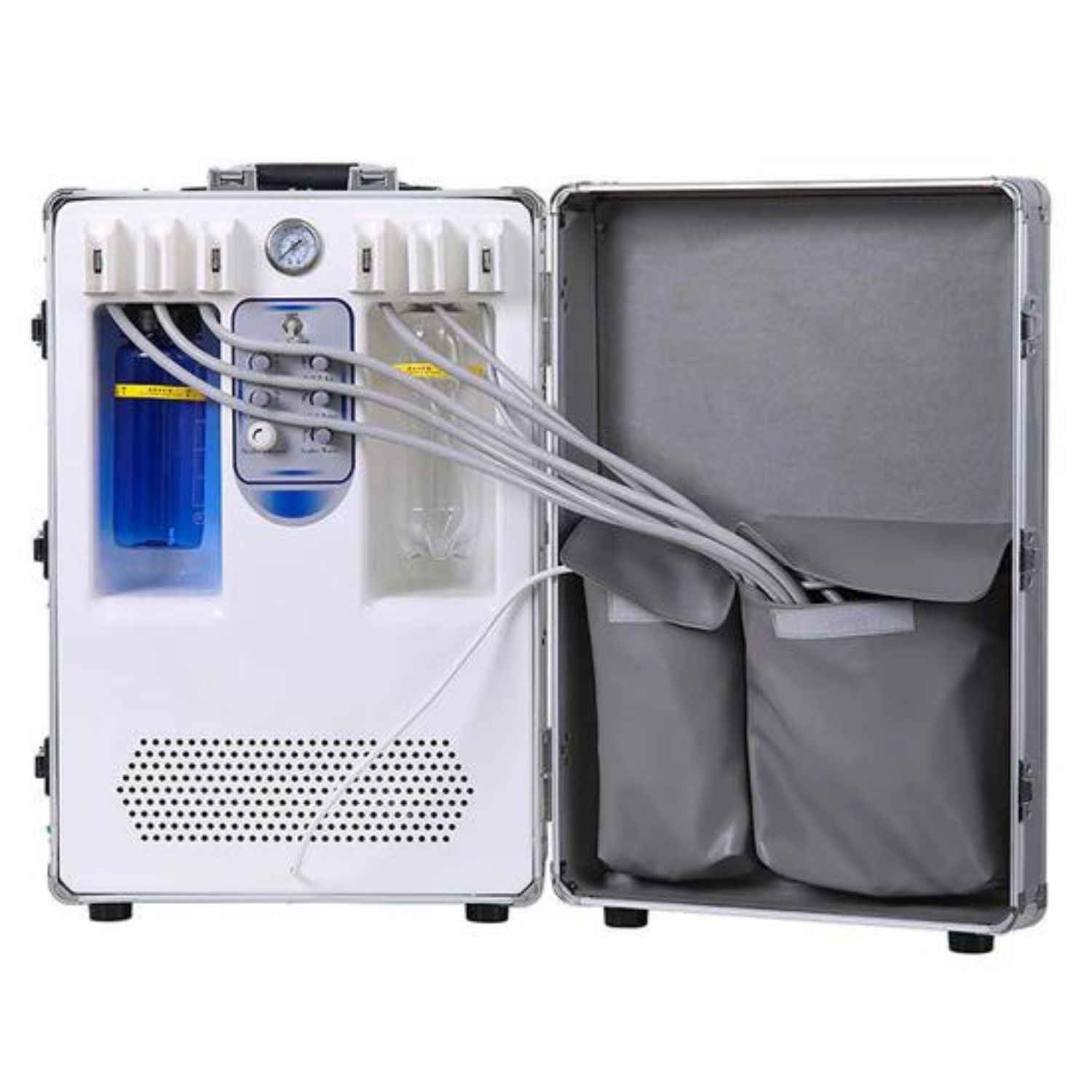الأغشية الحاجزة في طب الأسنان بزراعة الأسنان: إطلاق العنان لإمكانات تجديد العظام الموجه
تُحدث الأغشية الحاجزة تحولاً جذرياً في طب زراعة الأسنان من خلال تعزيز تجديد العظام وتحسين معدلات نجاح الزراعة. يستكشف هذا المقال كيف الأغشية الحاجزة تلعب دورا محوريا في تجديد العظام الموجهمما يجعل زراعة الأسنان أكثر فعالية. إذا كنت طبيب أسنان، أو طالب طب أسنان، أو جزءًا من عيادة أسنان، فتابع القراءة لتكتشف أهمية فهم الأغشية الحاجزة لممارستك.
ما هو الغشاء الحاجز في طب الأسنان الزرعي؟
أ غشاء حاجز هي طبقة واقية تستخدم في طب الأسنان بزراعة الأسنان للمساعدة في التئام العظام. عند وضع زراعة الأسنانأحيانًا لا يكون هناك ما يكفي من العظام لدعمه بشكل صحيح. وهنا يأتي دور الأغشية الحاجزة. فهي تعمل كـ حاجز مادي، مما يمنع الأنسجة الرخوة غير المرغوب فيها من التدخل في نمو العظام في موقع الزرع.
من خلال توفير هذا وظيفة الحاجزيضمن الغشاء أن الخلايا المطلوبة فقط تساهم في تجديد العظام. تُعرف هذه العملية باسم تجديد العظام الموجه، أمر بالغ الأهمية لنجاح عمليات الزرع في المناطق ذات عيوب العظام.
كيف تعمل الأغشية الحاجزة على تسهيل عملية تجديد العظام الموجهة؟
تجديد العظام الموجه هي تقنية تشجع على تكوين عظام جديدة حيث تكون هناك حاجة لذلك. غشاء حاجز يلعب دورا حيويا من خلال:
- منع غزو الأنسجة الرخوة:يمنع الأنسجة الرخوة من الهجرة إلى المنطقة العظمية.
- الحفاظ على المساحة:إنه يحمل مساحة جديدة أنسجة العظام لتنمو.
- دعم نمو العظام:يوفر سقالة لخلايا العظام.
عن طريق استخدام غشاء لتجديد العظام الموجهيمكن لأطباء الأسنان تحسين استقرار وطول عمر زراعة الأسنان.
ما هي أنواع الأغشية المستخدمة؟
هناك نوعان رئيسيان أنواع الأغشية مستخدم:
- الأغشية القابلة للامتصاص:هذه هي الأغشية القابلة للتحلل الحيوي التي يمتصها الجسم بشكل طبيعي بمرور الوقت، مثل أغشية الكولاجين.
- الأغشية غير القابلة للامتصاص:مصنوعة من مواد مثل PTFE (بولي تترافلوروإيثيلين)، وهذه تتطلب إزالتها جراحيًا بعد قيامها بمهمتها.
اختيار الغشاء المستخدم يعتمد على الاحتياجات المحددة للمريض و عيب في العظام يجري علاجه.
الأغشية القابلة للامتصاص مقابل الأغشية غير القابلة للامتصاص: أيهما أفضل؟
الأغشية القابلة للامتصاص:
- الايجابيات:لا حاجة لإجراء عملية جراحية ثانية لإزالتها.
- سلبيات:قد تتدهور بسرعة كبيرة في بعض الحالات.
الأغشية غير القابلة للامتصاص:
- الايجابيات:توفير الدعم طويل الأمد لتجديد العظام.
- سلبيات:تتطلب إجراءً إضافيًا للإزالة.
دراسات مقارنة الأغشية القابلة للامتصاص مقابل الأغشية غير القابلة للامتصاص تشير إلى أن كليهما يمكن أن يكون فعالاً. يجب أن يكون الغشاء يتم اختيارها بناءً على عوامل مثل حجم العيب العظمي وتفضيلات المريض.

لماذا يعد تجديد الأنسجة الموجه مهمًا؟
بينما تجديد العظام الموجه يركز على العظام، تجديد الأنسجة الموجه يهدف إلى تجديد الأنسجة الرخوة مثل اللثة. باستخدام غشاء لتجديد الأنسجة الموجهة يساعد في:
- تعزيز الشفاء:يعزز تكامل الغرسة مع الأنسجة المحيطة بشكل أفضل.
- الوقاية من العدوى:يعمل كحاجز ضد البكتيريا.
- تحسين الجماليات: يؤدي إلى ظهور اللثة بمظهر أكثر صحة حول زراعة الأسنان.
ما هو غشاء GBR؟
أ غشاء GBR (التجديد العظمي الموجه) مُصمم خصيصًا لتجديد العظام. إنه:
- يدعم نمو العظام:يوفر إطارًا للعظام الجديدة.
- يستخدم مع الطعوم العظمية:غالبًا ما يتم دمجها مع طعم عظمي لملء العيوب الكبيرة.
- يمكن أن تكون قابلة للامتصاص أو غير قابلة للامتصاص:تعتمد الاختيارات على الحالة السريرية.
ال غشاء GBR أمر بالغ الأهمية لتحقيق النجاح وضع الغرسة في المناطق التي تعاني من فقدان كبير في العظام.
كيف يتم استخدام الأغشية القابلة للتحلل الحيوي في طب الأسنان الحديث؟
الأغشية القابلة للتحلل الحيوي، يحب أغشية الكولاجين، تحظى بشعبية كبيرة لأنها:
- امتصاص الجسم:تذوب بشكل طبيعي، مما يلغي الحاجة إلى إزالتها.
- التوافق:إنها أقل عرضة للتسبب في ردود فعل سلبية.
- سهولة الاستخدام:تبسيط عملية العلاج.
وقد أظهرت هذه الأغشية نتائج ممتازة في تعزيز تجديد العظام حول غرسات الأسنان.
متى يجب استخدام الأغشية الحاجزة؟
تُعد الأغشية الحاجزة مفيدة بشكل خاص عندما:
- التعامل مع عيوب العظام:لإعادة بناء المناطق التي تعاني من نقص العظام.
- منع تعدي الأنسجة الرخوة: مهم بشكل خاص في تجديد العظام الموجه باستخدام طعوم العظام.
- تعزيز استقرار الزرع:يحسن معدل نجاح عمليات الزرع.
استخدام الأغشية الحاجزة في طب الأسنان بزراعة الأسنان ويضمن أن العظم الجديد يتشكل بشكل صحيح، مما يوفر أساسًا قويًا للزرع.
كيف تعمل الأغشية الحاجزة على تحسين عملية ترقيع العظام؟
عند إجراء طعم عظمي، استخدام أ غشاء حاجز يستطيع:
- زيادة معدلات النجاح:من خلال التأكد من أن خلايا العظام فقط هي التي تملأ موقع الطعم.
- الحفاظ على شكل الطعم:يمنع التشوه أثناء الشفاء.
- تسريع الشفاء:يخلق بيئة مثالية لنمو العظام.
غالبًا ما يختار أطباء الأسنان الأغشية المتوافقة مع مادة التطعيم والاحتياجات الخاصة للمريض.
ما هي أحدث التطورات في الأغشية الحاجزة؟
حديث الأغشية الحاجزة لديها ميزات متقدمة:
- قوة معززة:لدعم تجديد العظام بشكل أفضل.
- تحسين التوافق الحيوي:يقلل من خطر الرفض.
- المواد الهجينة:الجمع بين فوائد كل منهما الأغشية القابلة للامتصاص وغير القابلة للامتصاص.
هؤلاء أغشية الحاجز الحالية تم تصميمها لجعل العلاجات أكثر فعالية وراحة للمرضى.
كيف يمكن لـ ISTAR Dental Supply مساعدتك؟
في ISTAR Dental Supply، نقدم منتجات عالية الجودة الأغشية الحاجزة وغيرها من المعدات الأساسية ل طب الأسنان بزراعة الأسنانتم تصميم منتجاتنا لتلبية احتياجات أطباء الأسنان، وضمان أفضل النتائج لمرضاك.
اكتشف مجموعتنا من المنتجات لتحسين ممارستك:
- محرك الزرع:أدوات دقيقة لإجراءات الزرع.
- قطعة يدوية لطب الأسنان:معدات عالية الأداء لتطبيقات طب الأسنان المختلفة.
- جهاز تنظيف الأسنان بالموجات فوق الصوتية:الحفاظ على أعلى معايير التعقيم.
- معدات تعقيم الأسنان:ضمان سلامة المريض باستخدام حلول التعقيم الموثوقة.
- معدات طب الأسنان:أدوات وأجهزة شاملة لممارستك.

الأسئلة الشائعة
س: ما هو الغرض من الغشاء الحاجز في زراعة الأسنان؟
أ: أ غشاء حاجز يحمي منطقة التئام العظام أثناء تجديد العظام الموجه، مما يضمن أن خلايا العظام فقط هي التي تملأ الفراغ، مما يؤدي إلى استقرار أفضل للزرع.
س: هل الأغشية القابلة للامتصاص أفضل من الأغشية غير القابلة للامتصاص؟
ج: يعتمد على الحالة. الأغشية القابلة للامتصاص مريحة لأنها لا تتطلب الإزالة، ولكن الأغشية غير القابلة للامتصاص قد تقدم دعمًا أطول لأكبر عيوب العظام.
س: كيف يختلف تجديد الأنسجة الموجه عن تجديد العظام الموجه؟
أ: تجديد الأنسجة الموجه يركز على تجديد الأنسجة الرخوة مثل اللثة، بينما تجديد العظام الموجه يركز على إعادة بناء هياكل العظام.
س: هل يمكن استخدام الأغشية الحاجزة دون الحاجة إلى ترقيع العظام؟
ج: نعم، في بعض الحالات، غشاء حاجز يمكن أن يشجع بمفرده نمو العظام، ولكن الجمع معه طُعم عظمي غالبًا ما تعطي نتائج أفضل.
س: ما هي المواد التي تصنع منها الأغشية الحاجزة؟
أ: يمكن أن تكون مصنوعة من مواد طبيعية مثل الكولاجين (قابلة للامتصاص) أو مواد صناعية مثل مادة البولي تترافلوروإيثيلين (غير قابلة للامتصاص).
النقاط الرئيسية
- الأغشية الحاجزة ضرورية للنجاح طب الأسنان بزراعة الأسنان.
- إنهم يساعدون في تجديد العظام الموجه من خلال العمل كـ حاجز مادي.
- الاختيار بين قابلة للامتصاص و الأغشية غير القابلة للامتصاص يعتمد على احتياجات المريض.
- التقدم في الأغشية القابلة للتحلل الحيوي تعمل على تعزيز نتائج العلاج.
- إن استخدام المعدات عالية الجودة من الموردين مثل ISTAR Dental Supply يضمن الحصول على أفضل النتائج.
حسّن ممارساتك مع أحدث تقنيات زراعة الأسنان. تواصل معنا ISTAR لمستلزمات طب الأسنان اليوم لمعرفة المزيد عن منتجاتنا وكيف يمكننا دعم حلول طب الأسنان الخاصة بك.

